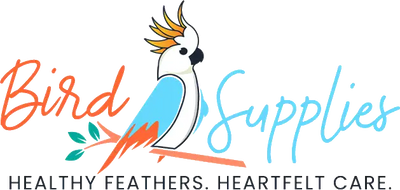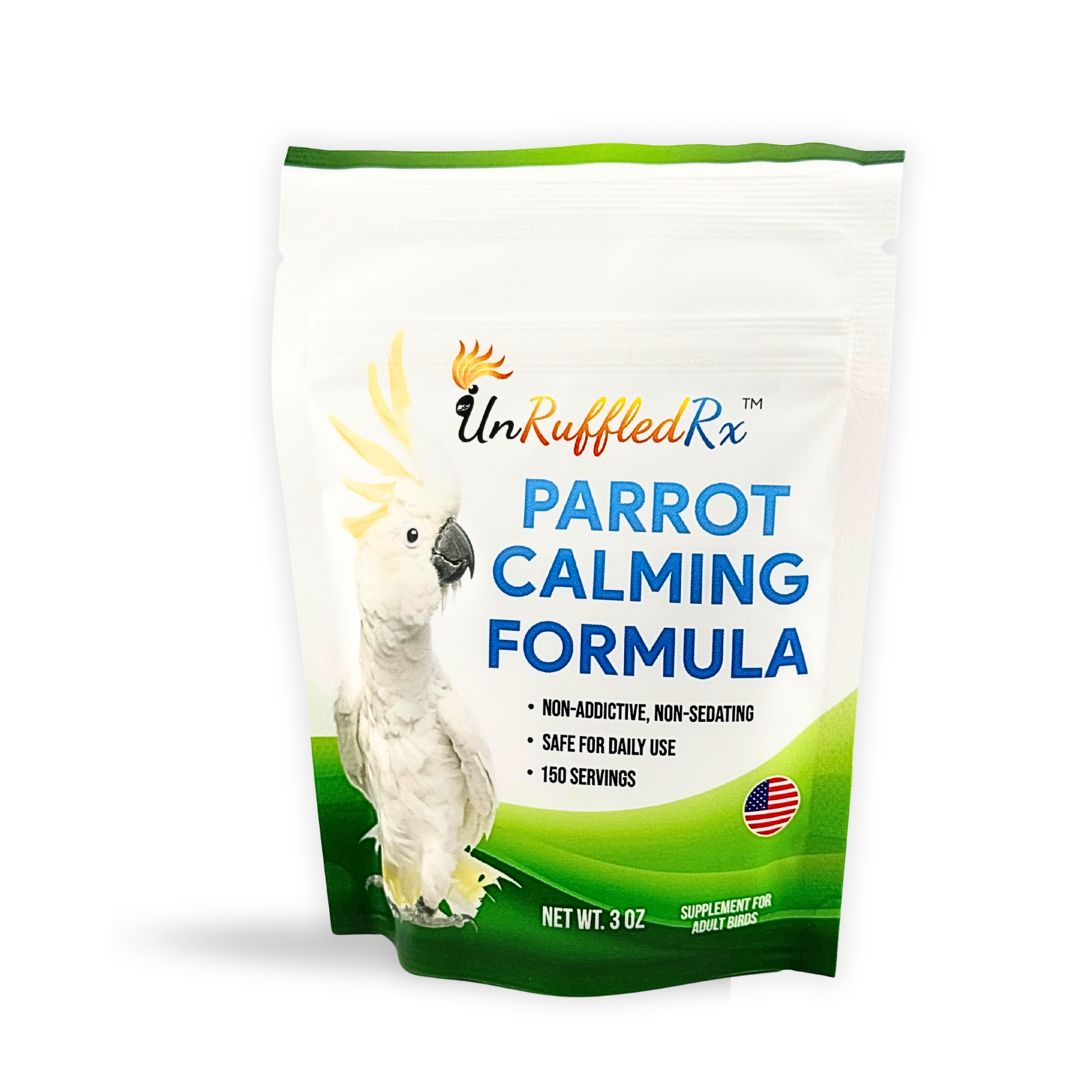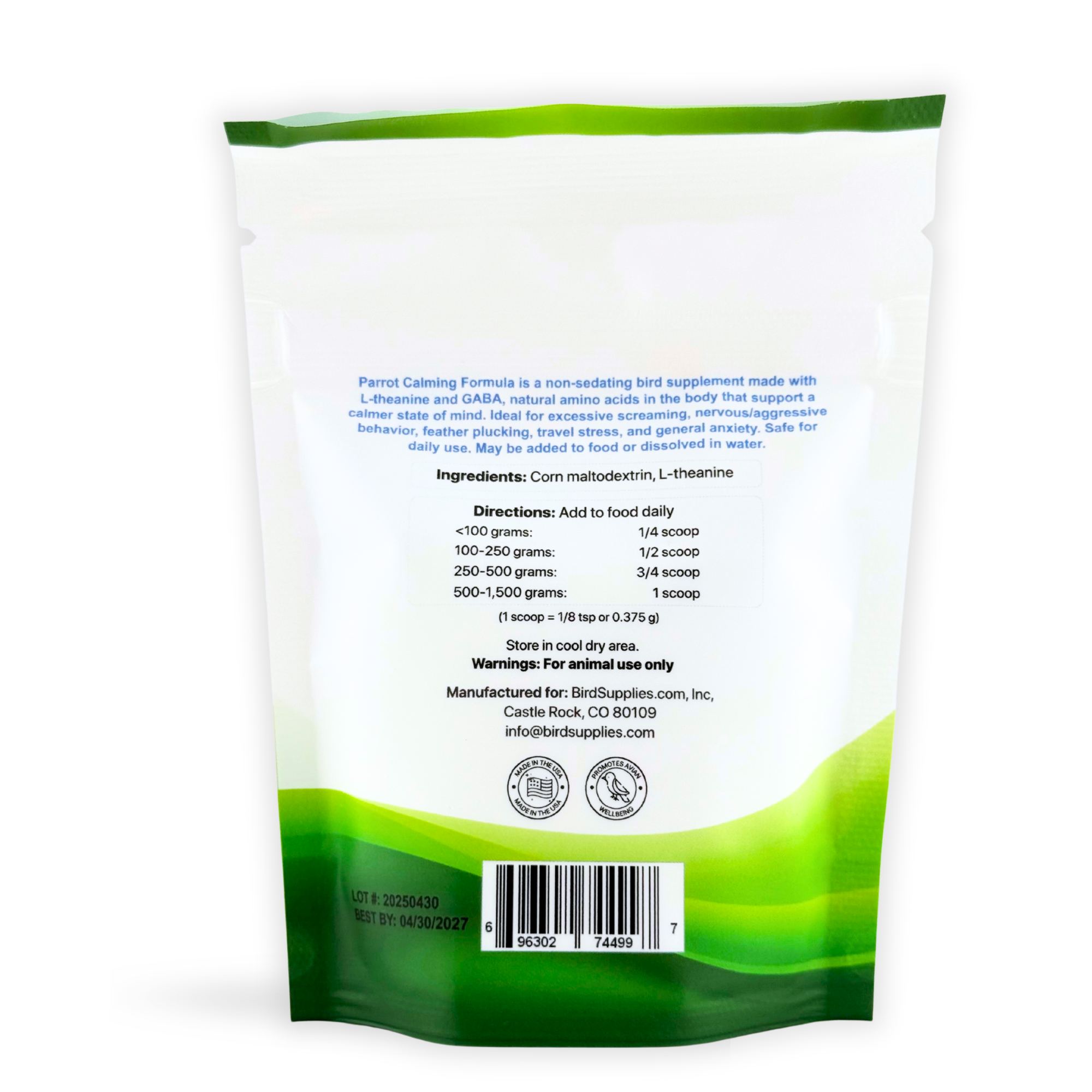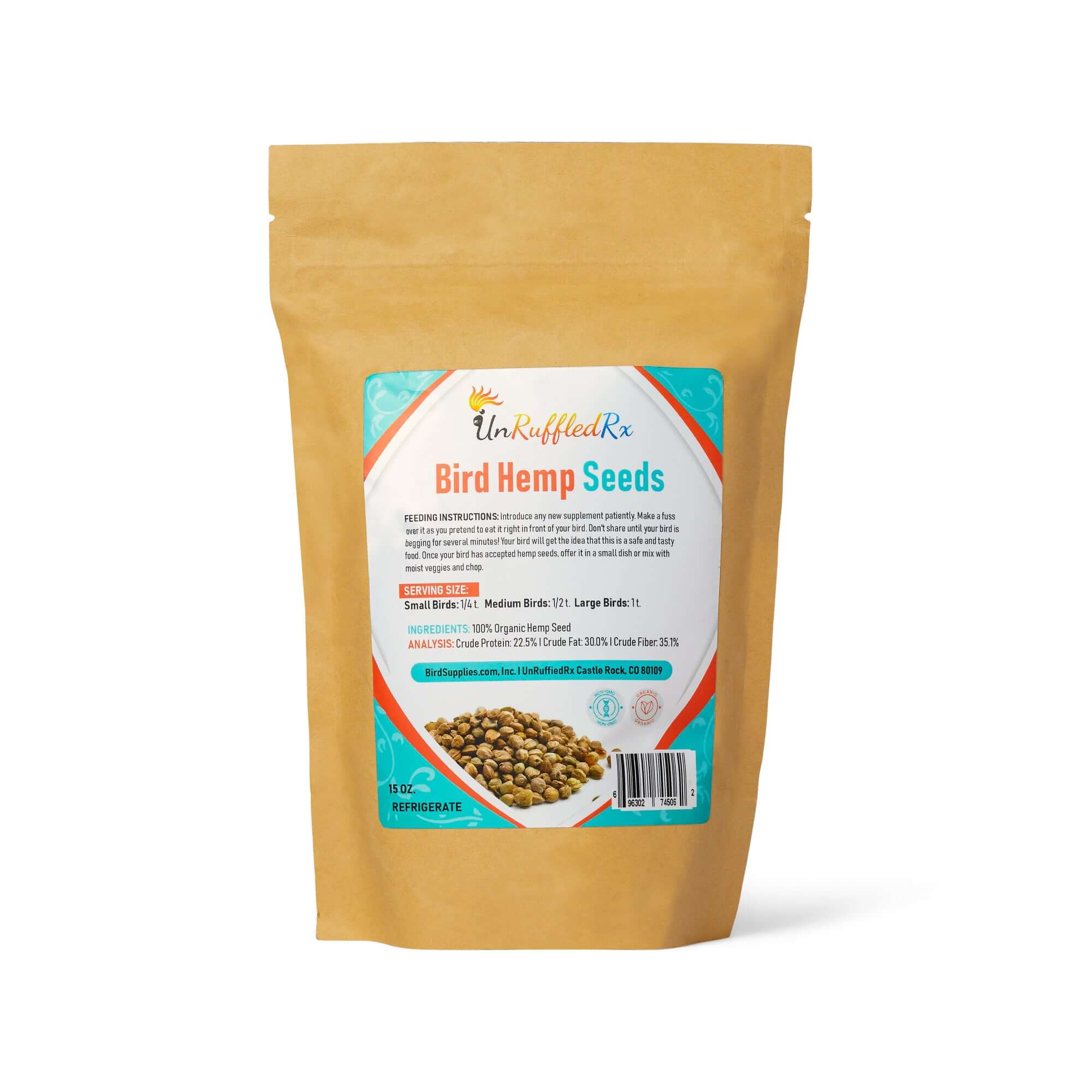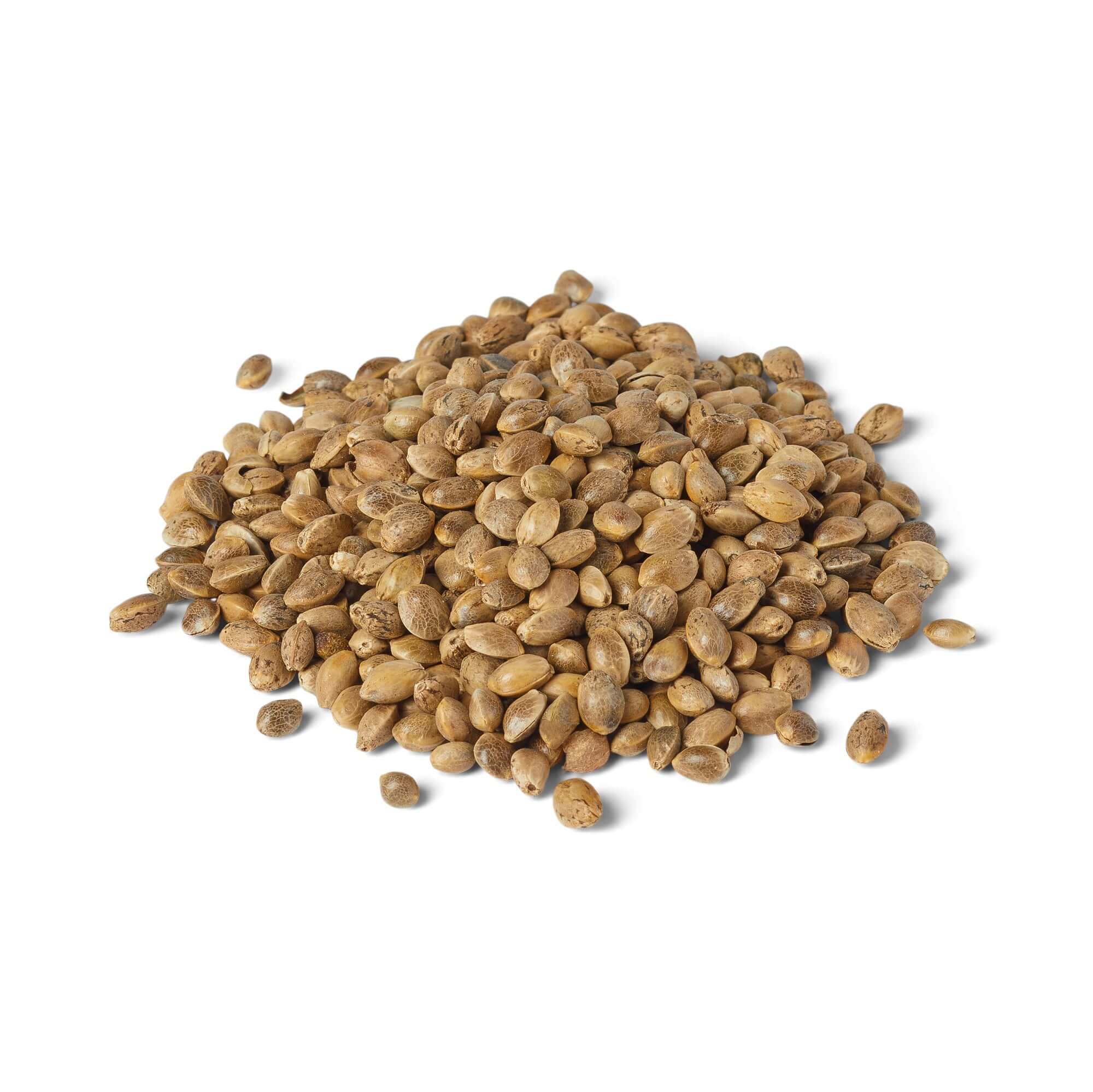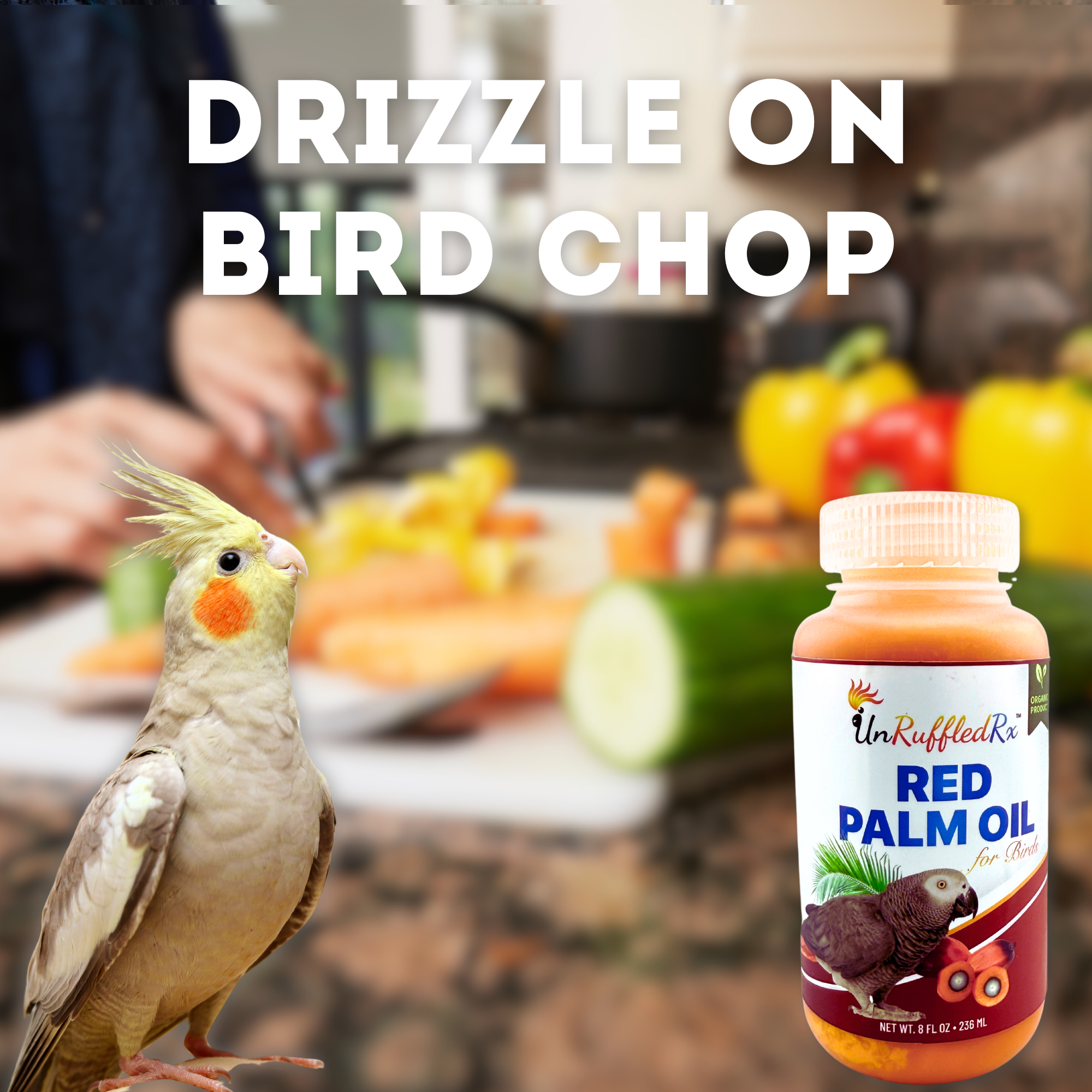Bird care can be daunting, especially if you are new to pet birds and parrots. After all, birds are not domestic animals like dogs or cats. They are only a few generations away from their wild cousins. They continue to have strong instinctual needs and they communicate back and forth with us using "bird talk." If you don't know "bird talk", you may be at a disadvantage!
Like a young toddler who is mobile and smart, but can't tell you what it wants in a way that you can understand, pet birds that feel misunderstood will go about getting their needs met in ways that are unsettling to us people; biting, screaming, feather plucking and more.
There are several aspects of reading bird body language that you will need to learn.
Physical Needs: Bird Housing, diet, health, hygiene, safety, exercise
Emotional Needs: social, mental stimulation, independence
Instinctual Needs: Security, chewing, foraging
Posturing Hint's Give Clues Of What Parrots Want
- Flapping wings: A bird that is perched, yet flapping away like crazy is trying to tell you that I needs exercise or attention. You might observe your bird hanging on to the perch, a play stand or the side of it's cage, crouched a bit, flapping for several seconds.
- Crest position: Crested parrots such as cockatoos, cockatiels, and hawkheaded parrots have special body language powers in how they display their crest. (shown in Figure 1). When the crest is mostly back, with just the tip of it sticking up, the bird is generally going about her business, content and relaxed. When you're playing with her, she may lift her crest, excited by playtime or something new and interesting. Excitement or feeling a fearful startle looks like the image below, an alert, upright crest. An absolutely terrified cockatoo or cockatiel will slick her crest down flat as if to disappear and may also crouch and hiss.

- Fluffing and ruffling: How does a parrot release tension? A quick 1-2 second feather ruffle. Imagine how you relieve tension. Maybe a neck rotation or stretching your arms up and leaning back to stretch your core. That's exactly what ruffling means. Fluffing, on the other hand, is performed after a good preening session in order to "toss off" powder and feather shafts. it also helps feathers lie correctly. This is a short 2-3 second fluffing. A parrot that stays fluffed for a longer period of time may be chilled or not feeling well.
- The "please" dance: Much like a dog that clamors around your legs, a dancing parrot is asking for your attention. Whether it's prancing back and forth across the play stand or clamoring at the bottom of the cage this bird is telling you, "pick me up" or "I want that!"
- Head down: Most bird's that want a good head "scritch" put their head down as if to say, "Hmm, right there, please!". The head is a "safe petting zone" for parrots, in other words, it won't induce hormonal feelings, so accommodate your parrot's request for healthy affection.
- The attack stance: Listen up African Grey "Parronts," while all parrots occasionally want to test the limits, this stance is like the an angry adolescent boy posturing saying "just try me!!" The consequences of getting in that power struggle are painful. With your bird, simply heed the message. Most birds would prefer flight instead of fight - most of the time. But with their impulsive nature, you never know. It's okay to back off and say "not now." to your bird. A fanned tail, crouching low on the perch, or standing tall are "posturing" language, as is swaying back and forth with slick backed feathers. In the dancing style sway, the feathers are not slicked back but a little more fluffed. Hissing and spitting and an open mouth are also a birds way of saying, "back off now!"
Clicker Training as Your Parrot Body Language Coach
Do you need a quick way to learn parrot body language? Start practicing Clicker Training with your parrot. During the bird training sessions, your bird will undoubtedly go through a range of emotions from excitement to shaking off tension to fatigue. If you try to work past your bird's fatigue point, your bird may start posturing for you to stop. A short, planned training session will offer plenty of opportunities to learn to read parrot body language in real time.
Related Posts:
Parrot Anatomy 101
How To Train Your Parrot To Wave Hello
The Puerto Rican Amazon Parrot
Parrot Care Resources
Perches & Parrot Accessories
